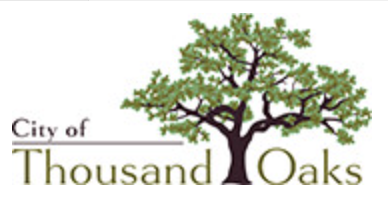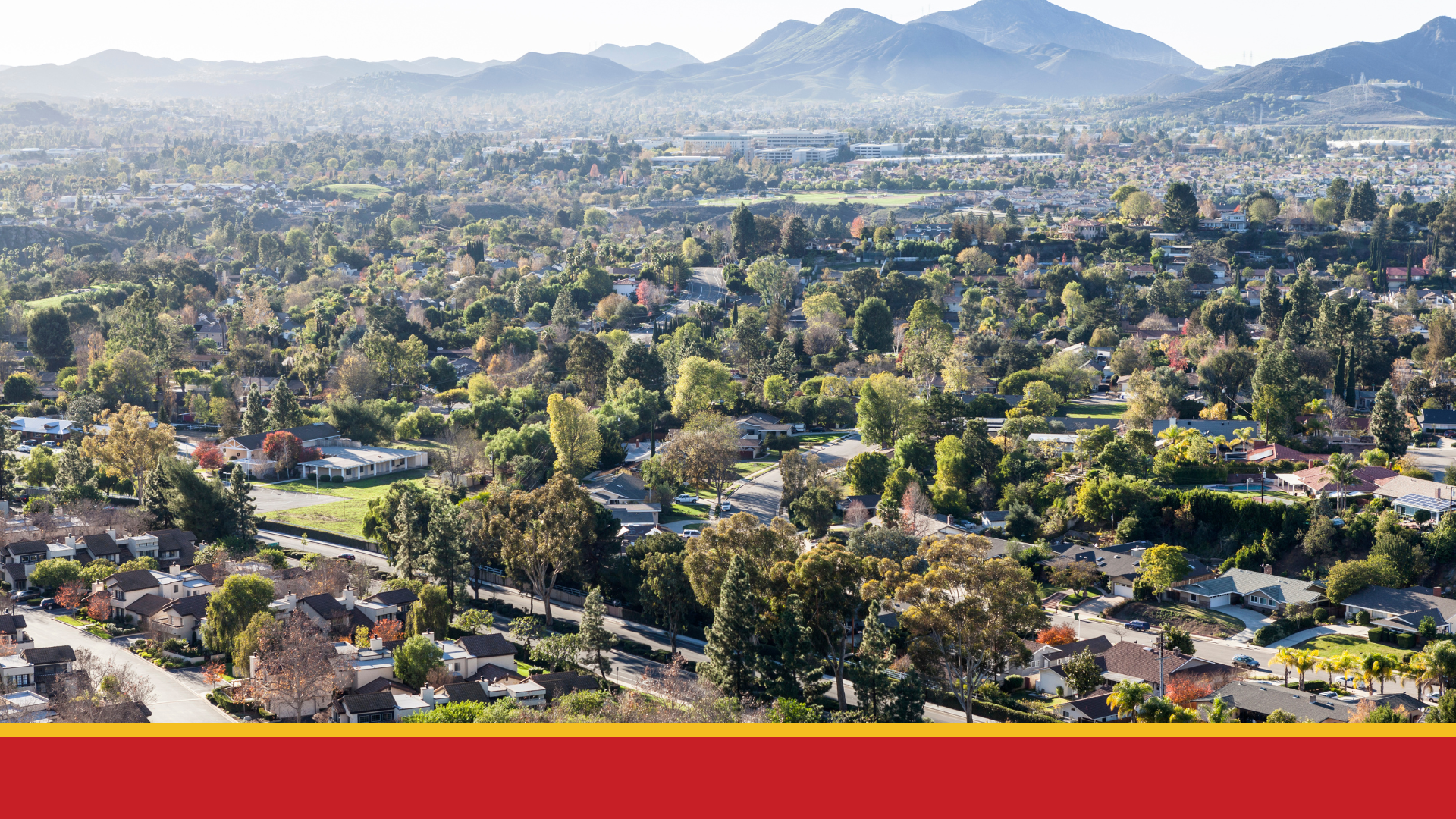 The Thousand Oaks City Council adopted an ordinance establishing the City’s first City Council district map and district-based elections.
The Thousand Oaks City Council adopted an ordinance establishing the City’s first City Council district map and district-based elections.
Starting with the November 2024 election cycle, residents of Thousand Oaks will vote for one City Council member to represent the district they live in. Districts 4 and 5 are up for election in 2024, and Districts 1, 2, and 3 are up for election in 2026.
On March 15, the City received a letter challenging the City’s at-large election system and asserting that the system violated the California Voting Rights Act (CVRA). The City of Thousand Oaks began the districting process in April 2023 to protect itself from financial and legal risks and hired National Demographics Corporation as the demographers and Tripepi Smith to assist with community outreach efforts.
The City launched the process by creating a dedicated districting website, maptoaks.org, which provided background information about districting, a schedule of upcoming meetings, a form to submit communities of interest, mapping tools, draft maps submitted throughout the process, and answers to frequently asked questions. The website was regularly updated with new and relevant information throughout the process.
To gather public input and feedback on the district formation process, the City of Thousand Oaks held five public hearings and four community workshops:
- May 9, 2023 – First public hearing
- May 11, 2023 – Virtual community workshop
- May 16, 2023 – Second public hearing
- June 3, 2023 – In-person community workshop
- June 20, 2023 – Third public hearing
- June 22, 2023 – Virtual community workshop
- June 24, 2023 – In-person community workshop
- July 11, 2023 – Fourth public hearing and first reading of the ordinance
- July 18, 2023 – Fifth public hearing and second reading of the ordinance
The community workshops gave residents an opportunity to learn more about why the City was pursuing a move to district-based elections and share input on communities of interest, and draft maps once they were available. The City’s demographer also demonstrated how to use the mapping tools made available for the public to create maps.
In addition to community workshops, the City encouraged Thousand Oaks residents to get involved in the process through regular outreach emails, phone calls to community-based organizations, social media posts, flyers, and pop-up events.
At the public hearings, City Council received an overview of the process, reviewed public comments, and examined draft maps submitted by the public and created by the demographer. After extensive public feedback and engagement in the process, the Council selected Map 106 B for adoption at the July 11 City Council meeting. Map 106 B divides the City into five districts and follows the legal criteria set forth in the CVRA.
- District 1 encompasses Newbury Park up to Ventu Park Road and follows the 101 Freeway as the northern border.
- District 2 includes the area surrounding Wildwood Regional Park, California Lutheran University and Los Robles Hospital. The district follows Moorpark Road on the northeast and includes Conejo Creek Equestrian Park. The southern region of the district follows Janss Road, down Lynn Road and goes west along the 101 Freeway.
- District 3 includes the communities east of Moorpark Road and follows Avenida de Las Flores as the southern edge. This district includes Lang Ranch Park and its surrounding open space.
- District 4 includes the Westlake Village area and the eastern side of Newbury Park from Ventu Park Road, containing the surrounding residential and commercial areas.
- District 5 includes the core of Thousand Oaks and takes in the business areas along Moorpark Road and Thousand Oaks Boulevard up to Westlake Boulevard. The western region of the district includes the California Botanical Garden.
For more information regarding the districting process and to see the district in which you reside, visit maptoaks.org.





